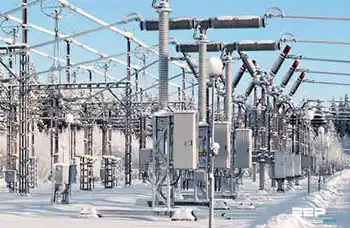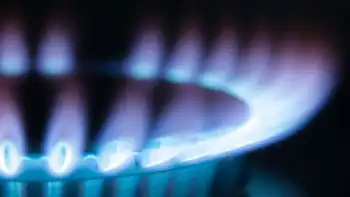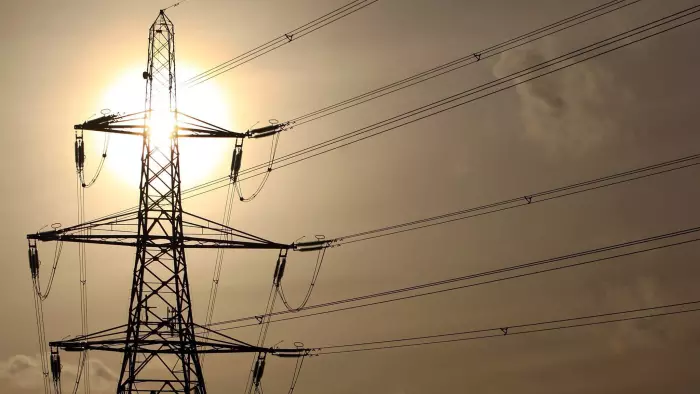Minnesota Signs Deal With Manitoba Hydro
WINNIPEG -- - The Minnesota Public Utilities Commission has unanimously approved a $1.7 billion power export deal with Manitoba Hydro.
It allows Minneapolis-based Xcel Energy to import power from Manitoba Hydro, despite the objections of aboriginal groups.
The 500-megawatt, 10-year deal was given the go-ahead.
It's an extension of an existing deal and will allow power to be exported until 2015.
Approval by Canada's National Energy Board is pending.
The Minnesota decision is a blow to the Pimicikamak Cree Nation of Cross Lake, Manitoba. They had asked the commission to first call a formal hearing into the social and economic impact of historic hydro development on their homeland.
Related News

Federal net-zero electricity regulations will permit some natural gas power generation
OTTAWA - Canada Clean Electricity Regulations allow flexible, technology-neutral pathways to a 2035 net-zero grid, permitting limited natural gas with carbon capture, strict emissions standards, and exemptions for emergencies and peak demand across provinces and territories.
Key Points
Federal draft rules for a 2035 net-zero grid, allowing limited gas with CCS under strict performance and compliance standards.
✅ Performance cap: 30 tCO2 per GWh annually for gas plants
✅ CCS must sequester 95% of emissions to comply
✅ Emergency and peak demand exemptions permitted
After facing pushback from Alberta and Saskatchewan, and amid looming power…




